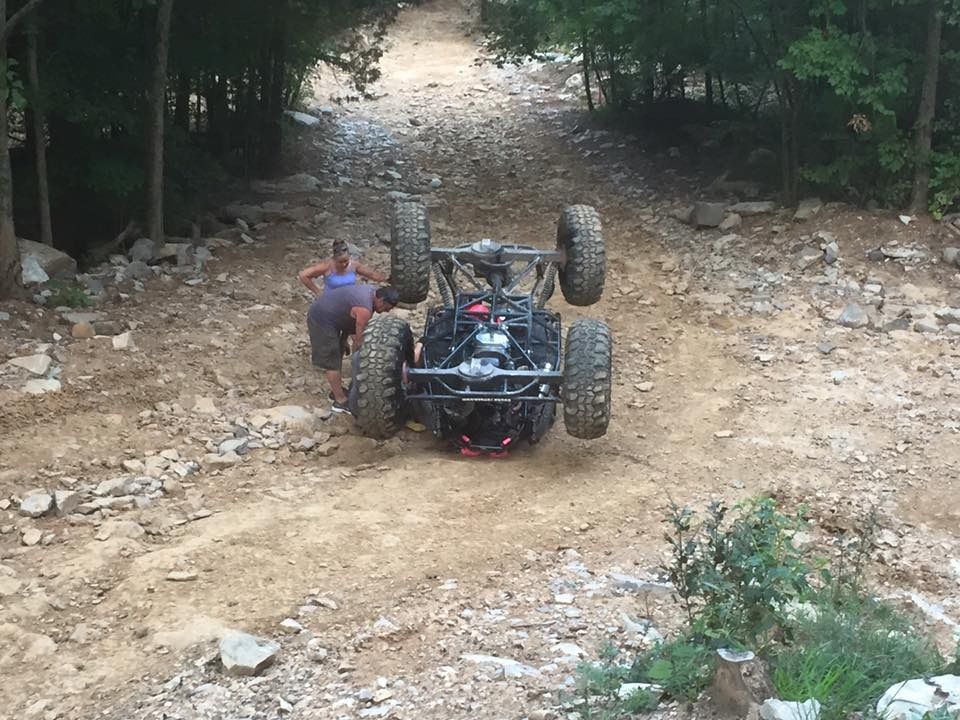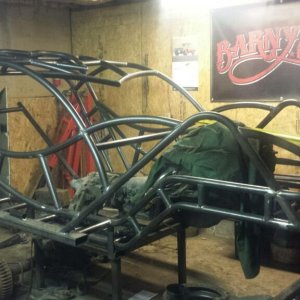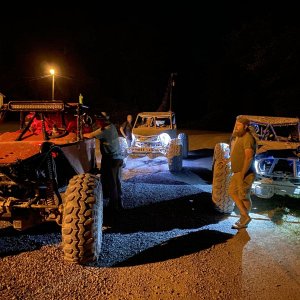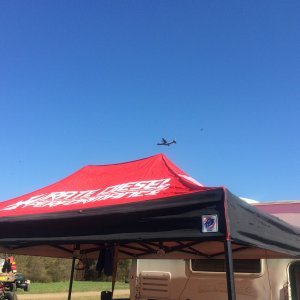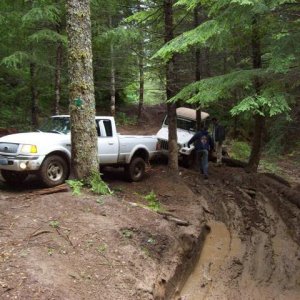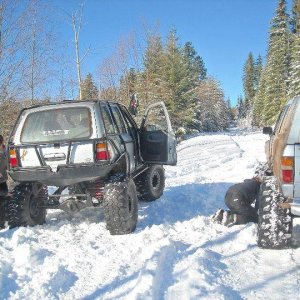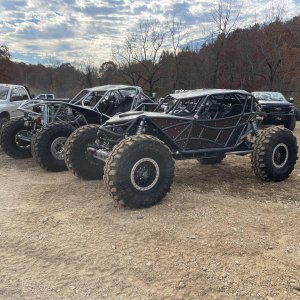So I did some leg work for you. I called a hydro fitting manufacturer. Talked to a tech and asked a bunch of application questions.
He told me exactly what I thought. If you pay close attention to how deep your hose goes into the fitting on a replaceable style, it's designed to bottom out on the stem. If you keep turning even just 1/2 a turn, it peels away the outer sleeve of the hose itself. Which under load over time will leak. The leak wets the threads on the outer feral and combined with max pressures can cause the hose to slip out of the fitting.
So essentially a compression style fitting and replaceable are rated at 10k+ psi on the fitting alone. Though when the fitting is used on a lower rated max pressure, the wall thickness of the hose decrease because it becomes a single wire braid vs. a 2 or 3 wire.
Obviously too large of a braid will not fit into the replaceable fitting so stepping up just 500psi in rated hose is about all you can comfortably fit.
Keep in mind also that a super crazy modified pump won't push more than 2500 or so psi. When it does the pump will bypass to keep from exploding. So you will NEVER see 6k psi like heavy equipment. We aren't using caterpillar hydrostatic drives to run our steering.
So I really would never use a compression style hose for our steering only because of cost and the trips you have to make outside of your shop and home just to build a custom hose. Plus, soon as you get home and install it that line may bind up around a corner and not fit the contours of how you route it. If you use replaceables you can pivot the hose at each end before you fully tighten so it tucks in real nice.
So my point is, if you use a slightly higher pressure rated line that will hold even tighter inside the replaceable fitting and install it CORRECTLY, according to the manufacturers it will hold almost 4 times the max rated pressure of your hose.
Sweet flop pic




